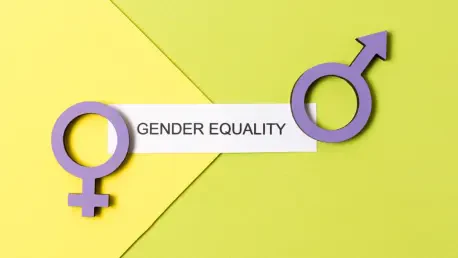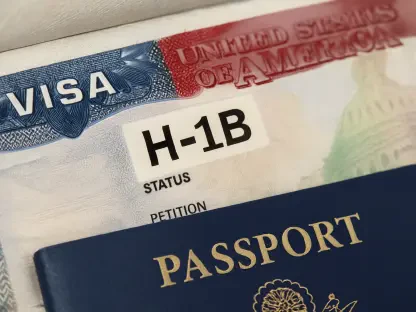Imagine a boardroom in a major European retail conglomerate where critical decisions shaping consumer trends are made, yet the voices at the table remain predominantly male, despite women driving a significant portion of purchasing power. This scenario underscores a persistent challenge in the retail and consumer goods sectors across Europe: achieving true gender equity in leadership roles. While progress has been made, the journey toward balanced representation in senior positions continues to unfold at a frustratingly slow pace. Recent data from a biennial scorecard tracking gender diversity highlights both the strides taken and the considerable distance still to cover. This examination delves into the current state of women’s representation in executive roles within these industries, exploring the incremental gains, the systemic barriers, and the broader implications for business and society. The focus remains on understanding how far the needle has moved and what must be done to accelerate meaningful change.
Tracking Progress Through the Numbers
The latest Gender Diversity Scorecard, a comprehensive biennial report, paints a detailed picture of women’s representation in senior executive roles within the European retail and consumer goods sectors. As of the most recent data collected in 2024, women occupy 39% of these high-level positions across surveyed companies, marking a modest increase from 37% in the prior report. This figure reflects a notable improvement when viewed against historical data, yet the rate of advancement raises questions about the timeline for achieving parity. Breaking it down by sector, consumer goods and manufacturing show a stronger presence of women at 42% in senior roles, up by four percentage points since the last assessment. Meanwhile, retail lags slightly behind at 36%, inching up from 35% over the same period. These statistics, gathered from a robust sample of industry-leading companies, highlight a trend of gradual progress. However, they also reveal a persistent gap between the economic influence women wield as consumers and their underrepresentation in decision-making arenas, signaling a need for deeper structural shifts.
Addressing the Pace of Change and Future Imperatives
Despite the upward trajectory in gender diversity metrics, a recurring theme among industry leaders is the slow momentum of transformation in European retail and consumer goods leadership. Experts emphasize that while incremental gains are encouraging, they fall short of addressing the entrenched inequities that hinder rapid progress. Gender equity is not merely a matter of fairness but a proven driver of economic value, with estimates suggesting that closing the leadership gap could add trillions to the global economy. Women, who influence a substantial share of consumer spending, remain sidelined in roles where strategic decisions are made, creating a disconnect that businesses can ill afford to ignore. Looking ahead, systemic strategies and long-term commitments from stakeholders are essential to hasten change. Advocacy groups continue to push for initiatives that attract, retain, and promote women into leadership, aiming for balanced representation. Reflecting on past efforts, it’s evident that consistent focus has yielded results, but the challenge now lies in scaling these efforts to dismantle remaining barriers and ensure equity becomes a reality.









